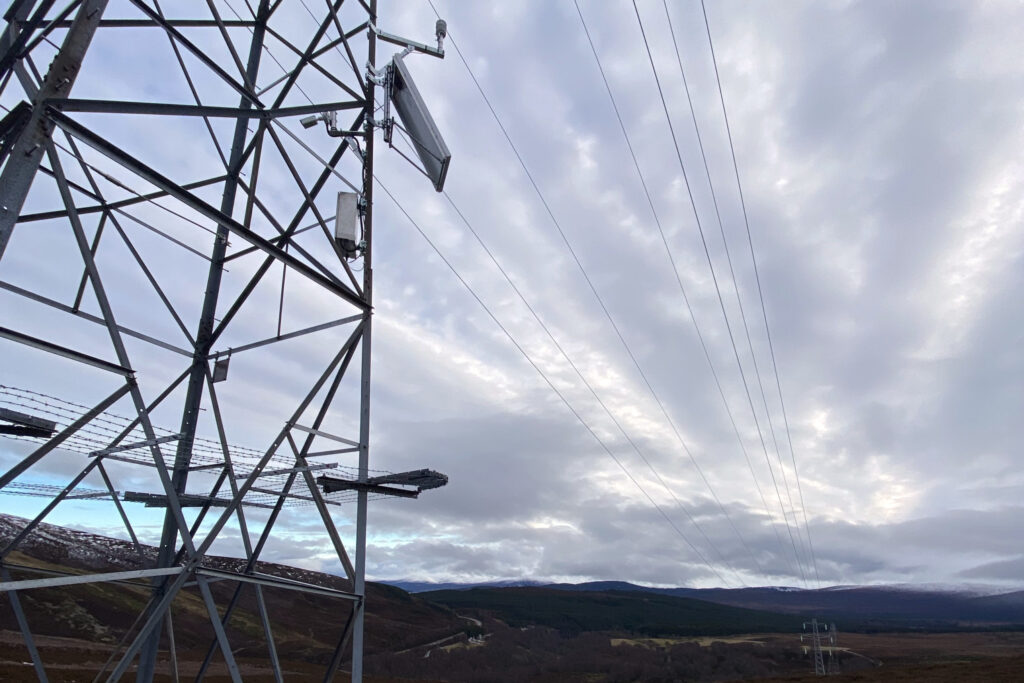Scottish and Southern Electricity Networks (SSEN) has partnered with instrumentation specialist OTT HydroMet to create a tailored solution that monitors power pylons in the Scottish Highlands and sends an alert when they are about to freeze.
Overhead power lines are the cheapest and most common way of transmitting electricity but the metal conductors are exposed to the elements meaning they are prone to elongation, causing the lines to sag. Low hanging lines can be a significant safety risk, especially if they span roads.
Power suppliers must ensure they reduce the power capacity or even shut down power transmission when the lines hang too low. The critical variable is the right time to not waste power capacity while keeping transmission safe.
Typically, line sags occur on hot summer days, when the sun heats up the conductor lines, leading to expansion of the line material (in most cases aluminum or copper). Extreme cold can result in the same outcome as ice formation increases the weight of the power lines and drags them down.
In December 2020, OTT HydroMet installed meteorological stations with cameras on three power pylons that proved to be susceptible to ice formation in the past. Their task was to predict ice formation on the transmission lines and send automated warnings to the electricity network operator.
One of the biggest challenges of the installation was supplying power to the weather stations which were located 15m above the ground.
Robin Guy, senior service technician at OTT HydroMet UK, said, “It might sound strange but providing power to run a weather station and further equipment on a pylon is complicated because you cannot use the electricity from the transmission lines.”
To combat the problem, Guy and his team worked on a solution that is powered by a solar panel which still provides all relevant measurements even on short and dark winter days.
The system contains a Lufft WS502 weather sensor to monitor temperature, relative humidity, air pressure, wind direction, wind speed and radiation; an OTT netDL 1000 data logger and 4G communication unit with ultra-low power consumption; an OTT Solar 1205 battery that gets charged by the 140W PV panel; customized mounting brackets for various pylon geometry; and a camera and conductor sample to display the conditions on the transmission lines.
With energy supply being critical, the team implemented an economical but smart data communication schedule: “We set the communication intervals to six hours,” said Guy. “While the WS502 weather sensor takes measurements every 15 minutes, average values are being sent together with a camera picture four times a day.”



